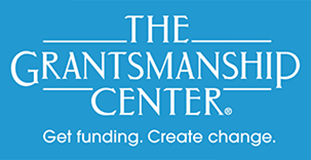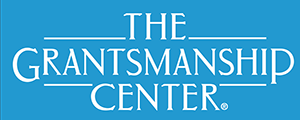One of the keys to successful grant proposal writing is understanding the vocabulary used. You’ll avoid problems down the road if you fully understand the funder’s requirements from the outset. Case in point: we’ve heard of confusion about the terms supplement and supplant. They sound similar but have very different meanings.
Blog
De-Fog your Writing
The person reviewing your grant proposal is often someone who is not familiar with your organization, your community, or the problems your community is facing. Therefore, you want your proposal to be easy to comprehend on the first reading.
New Year's Proposal Writers Resolutions
As the developer, writer and steward of funding proposals, you might consider approaching 2024 with new ideas and new energy for the task. It’s a wonderful/terrible tradition that we make resolutions at this time of year, so why not think about these for your proposal-writing list.
A Classical Approach to Grant Proposals
Before campaign advisors, spin doctors, influencers or ad men, there was the Greek philosopher, Aristotle. His treatise, The Rhetoric, laid out a durable blueprint for creating persuasive arguments and the elements he described are as useful today as they were in 4th century BC Greece. As proposal writers, we sometimes get lost in the weeds of data, logic models, detailed methods and other granular stuff. Preparing persuasive proposals can benefit from reviewing these classical principles.
Logic Models, in Plain English
There comes a time when a proposal needs to include a logic model. Many foundations don’t require one but an increasing number are asking applicants to go beyond objectives and show, in a descriptive chart, the route you plan to take to get to the destination.
VMOST for Nonprofits
The concept probably predates Rakesh Sondhi’s Total Strategy but a VMOST analysis is still a useful way of figuring out what your organization wants to accomplish and how it plans to go about it. Assumptions are sand traps when it comes to planning and submitting proposals. Instead of assuming “everybody knows” why we do what we do and how we do it, this is a useful framework for thinking through the hierarchy of intentions and actions for your organization.
A Case for Collaboration
More and more nonprofits are discovering the benefits of collaborating with other organizations (other nonprofits or for-profit businesses) to get things done. These collaborations might be formal partnerships, joint applications, mergers or other arrangements. Whatever their structure, they often deepen and expand the impact of a program or initiative.
Does Your Board Know Its Business?
In the worlds of nonprofit programs, management, fundraising and development, there are few topics more widely discussed and more generally misunderstood than the role of the board. In development, e.g., some nonprofits expect (demand?) that board members make a financial contribution to the organization. Others beg and plead with the board to do something, anything, to help raise money.
Chop This Year’s Wood for Next Year’s Fire
One of the inescapable truths about proposal writing and grants funding is the time it sometimes takes for a funder to make up its mind. Weeks, months – many months – can go by without a word. Funders work on a variety of timetables: some wait for a regular board meeting; some review proposals as they are submitted; some put requests through a series of screens and determinations, each one setting the stage for the next one.
Put Your Mouth Where Your Money Is
Across the country, thousands of nonprofits have been hard at work for many years, delivering life-saving social and human services to millions of people. Your organization is one such. In addition to doing the work, your nonprofit has learned some things about the causes of the problems you’re trying to address. You’ve begun to reflect on the words of Desmond Tutu: “There comes a point where we need to stop just pulling people out of the river. We need to go upstream and find out why they are falling in.”












